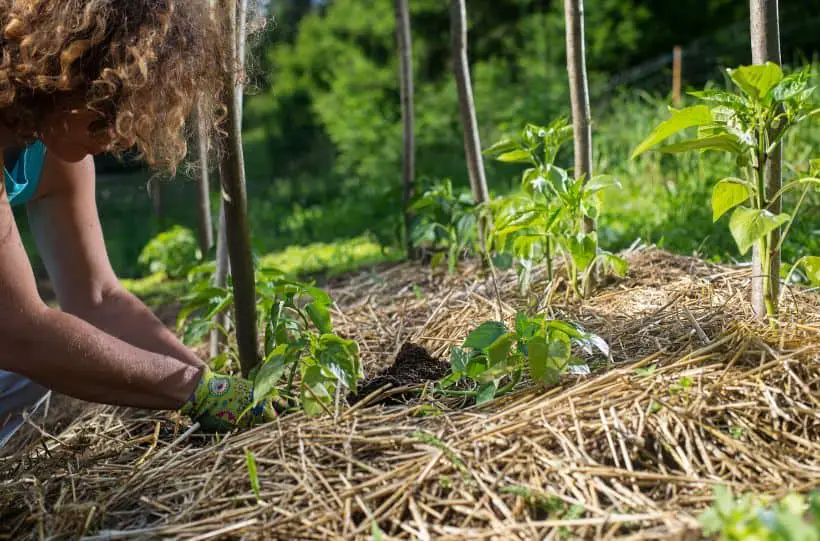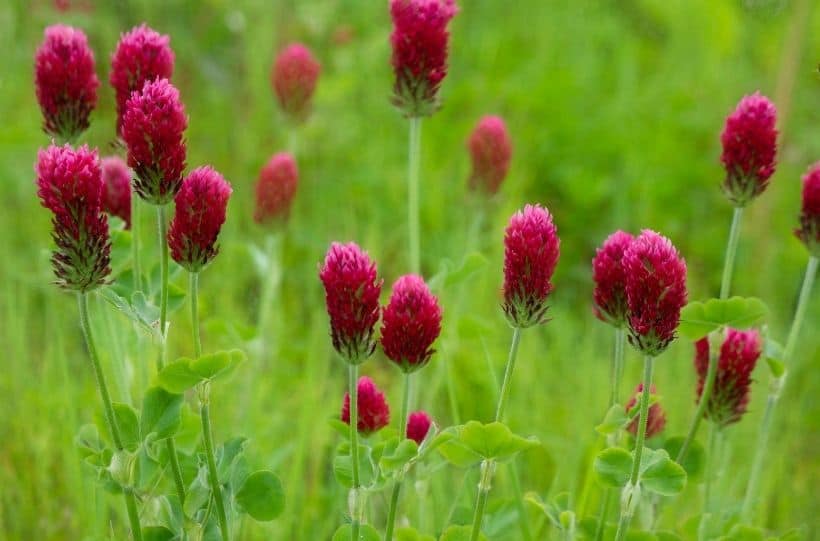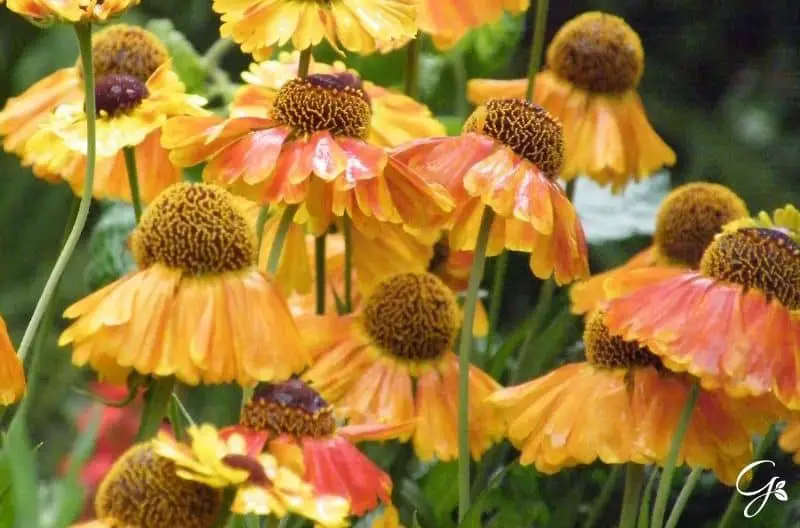How to Design a Low-Maintenance Garden
There are many great benefits to low-maintenance gardening, including saving time and money on gardening expenses, enjoying a beautiful outdoor space with minimal effort, reducing the need for chemical pesticides and fertilizers, and promoting biodiversity by using native plants.
Designing a low-maintenance garden for your home is a great way to create a beautiful outdoor space without having to spend a lot of time and effort on upkeep.
In this post, we’ll go over some tips and tricks to help you create a garden that is both easy to care for and aesthetically pleasing.

Choose the Right Plants
One of the most important factors in designing a low-maintenance garden is choosing the right plants. Look for plants that are native to your area, as these will typically be hardy and well-adapted to the local climate and better adapted to handle native pests.
Consider plants that are drought-tolerant and require little to no fertilization to help reduce your workload. Some good options include succulents, herbs, and ground covers.
Plan Your Garden Layout
Before you start planting, it’s important to plan out your garden’s layout. Think about how much sun and shade each area of your garden receives, and choose plants that are well-suited to those conditions.
Also, consider the overall look you’re going for and choose plants that will complement each other and create a cohesive look.
Planning ahead is essential to making sure that your garden layout makes the most use of the sun and shade in your space so your plants thrive. If you are unsure of how much sun an area gets, you can do a walk-through to see what areas have sun and which have shade once every couple hours to give you an idea.
The better planned the placement of your garden beds, the less work you will need to do for a beautiful, thriving garden.
Use Mulch and Landscape Barriers
Mulch is a great way to help keep your garden looking neat and tidy. It helps retain moisture in the soil, reducing the need for frequent watering. It also helps to suppress weeds and regulate soil temperature. Mulch is one of the best things you can do in any garden.

Layering your mulch and including a layer of weed barrier fabric or even a layer of cardboard can drastically reduce the amount of weeding you will need to do later in your garden. Every step you take to block weeds from day one, the less maintenance your garden will need.
Install Drip Irrigation
Drip irrigation systems are a great way to conserve water and save time when watering your garden.
They are more water-efficient than a traditional sprinkler, and you can easily set them up on a timer so you can easily forget about your garden for long periods of time without worrying about it not being watered. This is great for vacations, as well as for those that need a low-maintenance garden for any reason.
Use Raised Beds
Raised beds are a great way to reduce the amount of time and effort you need to spend on garden maintenance. They provide better drainage and make it easier to control the type of soil your plants are growing in.

They also allow you to create more defined garden areas and keep plants organized.
Raised beds greatly reduce the need for weeding your garden because you have more control over the soil added but also make it easier for those with physical limitations to plant, weed, and harvest their gardens because they do not need to bend over to do the work.
If you are looking to put in a low-maintenance garden that is good for those with physical limitations, you will want to go with higher-raised garden beds.
Minimize Grassy Areas
Grassy areas require a lot of maintenance, so try to minimize them as much as possible. Instead, consider incorporating more ground covers, such as clover or thyme, or using hardscape elements, such as pavers or stones, to create interest and reduce the amount of lawn you need to care for.
Use pavers, stones, and other low-maintenance ground covers for the spaces between garden beds to reduce how much lawn maintenance you need to do between the beds, where it may be a very tight fit for things like a traditional lawn mower.

This also helps for in-ground garden beds because you help to reduce the weeds that could easily creep into the garden via the roots.
Plant Perennials
Perennials are a great choice for a low-maintenance garden because they come back year after year and require less upkeep than annuals. They also tend to be more drought-tolerant and require less water.

Some good options include daylilies, black-eyed Susan, and coneflower. These plants make an amazing addition to your low-maintenance garden because they do not need to be replanted year after year, so you can enjoy your garden with minimal work.
Create a Wildlife Habitat in Your Garden
Creating a wildlife habitat in your garden is a great way to reduce the amount of time and effort you need to spend on maintenance.
Native plants and wildlife will help to keep your garden healthy and thriving, and you won’t need to spend as much time and effort on upkeep. These areas in your garden can help to attract pollinators, beneficial insects, and predators that can help your entire garden thrive while reducing your overall workload.
Consider Hardscaping Elements
Hardscaping elements, such as walls, pathways, and patio areas, can add structure and interest to your garden while reducing the amount of time and effort you need to spend on maintenance.
Adding these areas to your garden reduces your workload and can make it easier to enjoy the garden that you worked so hard to build. Because you are choosing a low-maintenance garden, you will find yourself with more time to sit back, relax, and enjoy the garden you built.
Take it slow
If you are working on building a low-maintenance garden because a regular garden is too much work for you to maintain, you can start out slowly. As time goes on, you can keep adding to your garden and landscape for a beautiful addition to your home.
After a while, your garden will evolve into the garden of your dreams as you put what would have been maintenance time into the building. And when it does, you can relax on your favorite lounge chair and enjoy.
If you enjoyed this guide, then you’ll love these:

